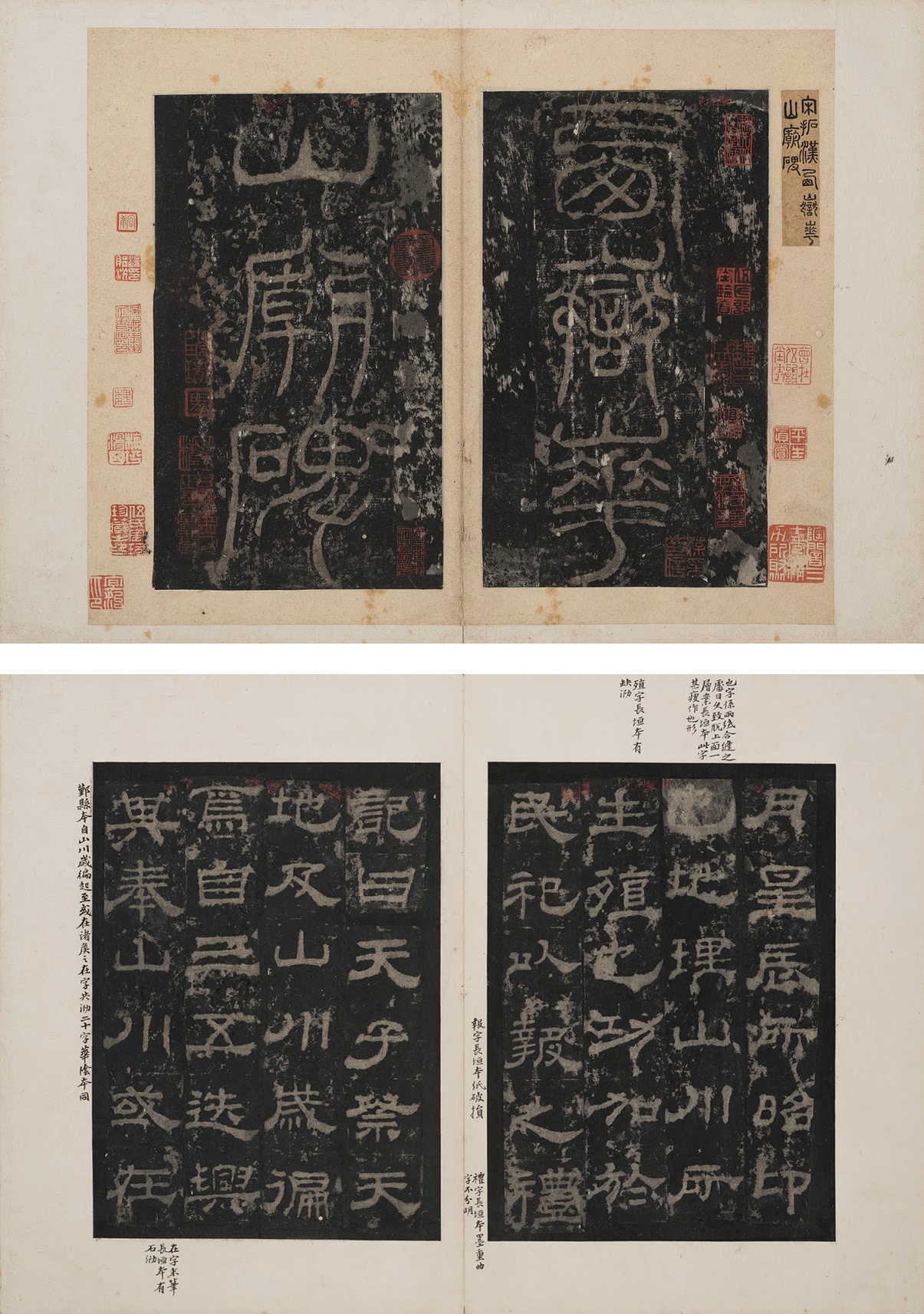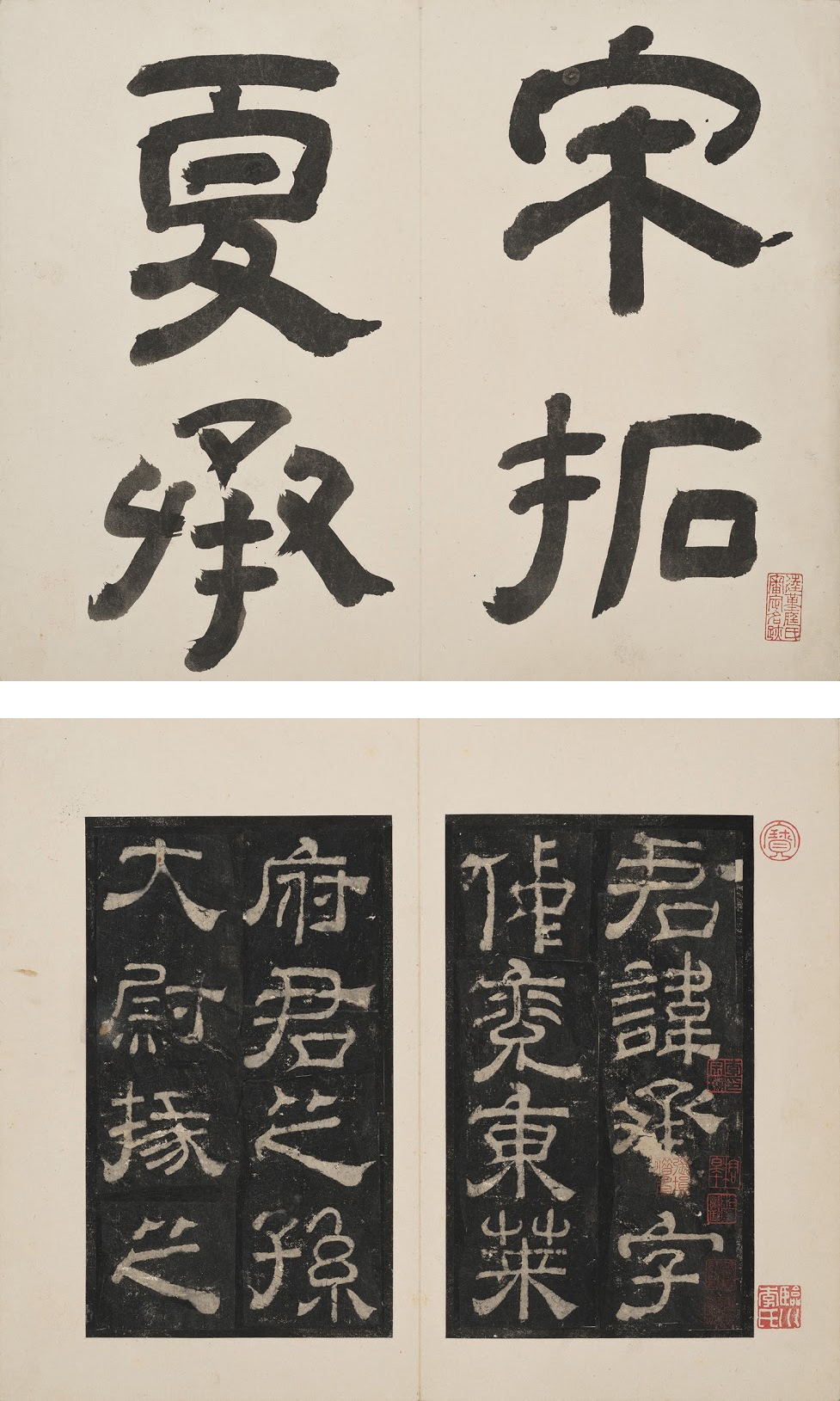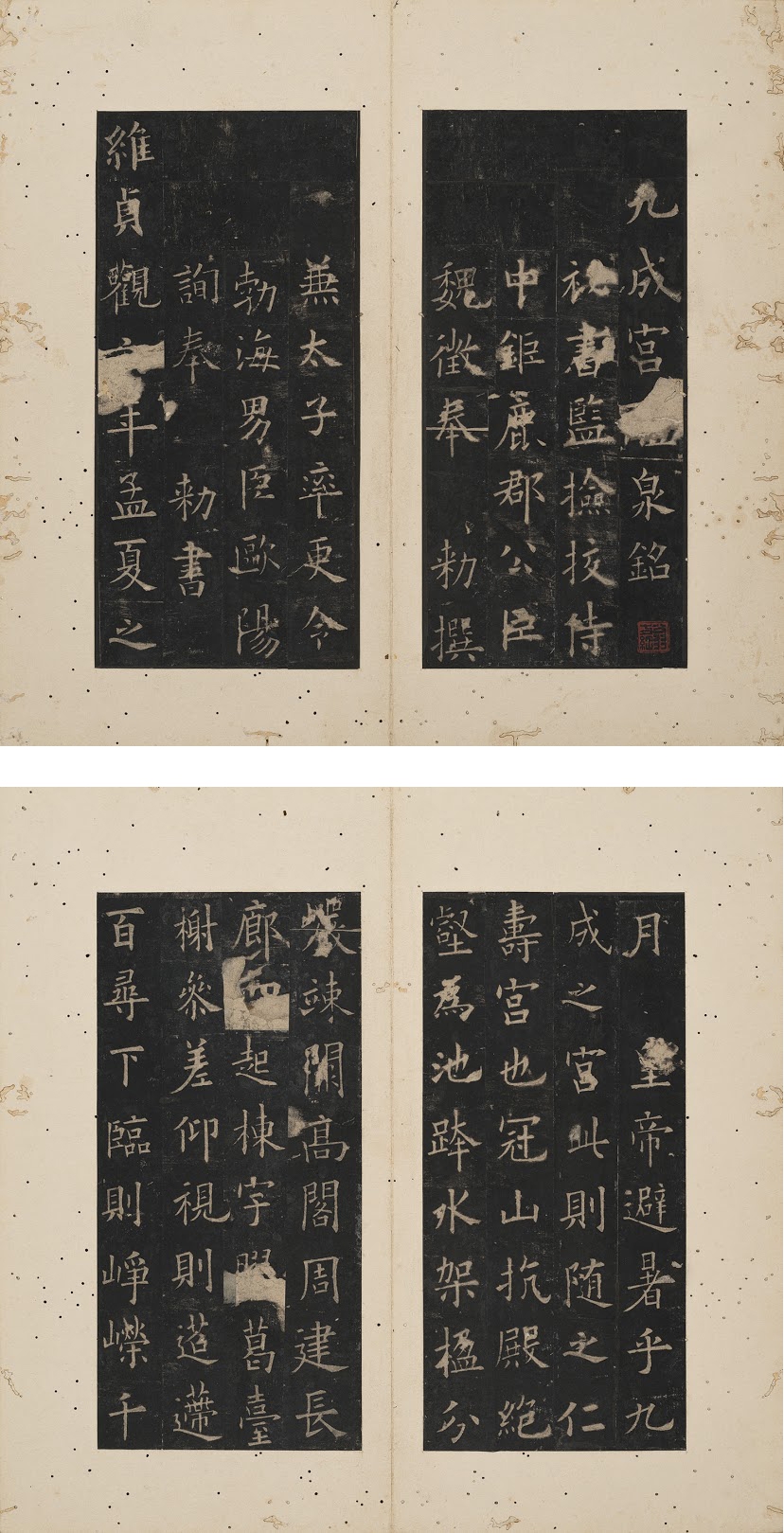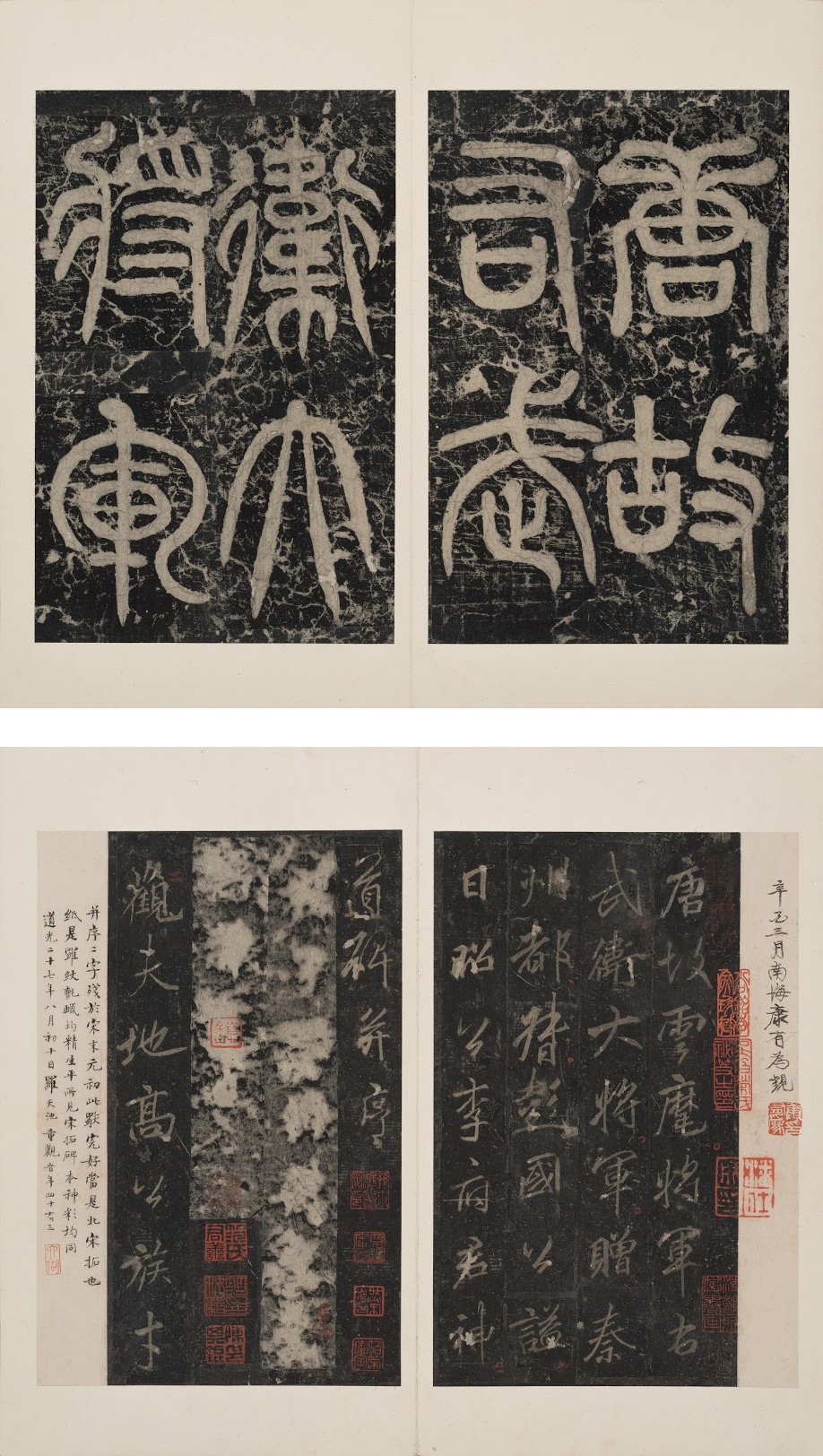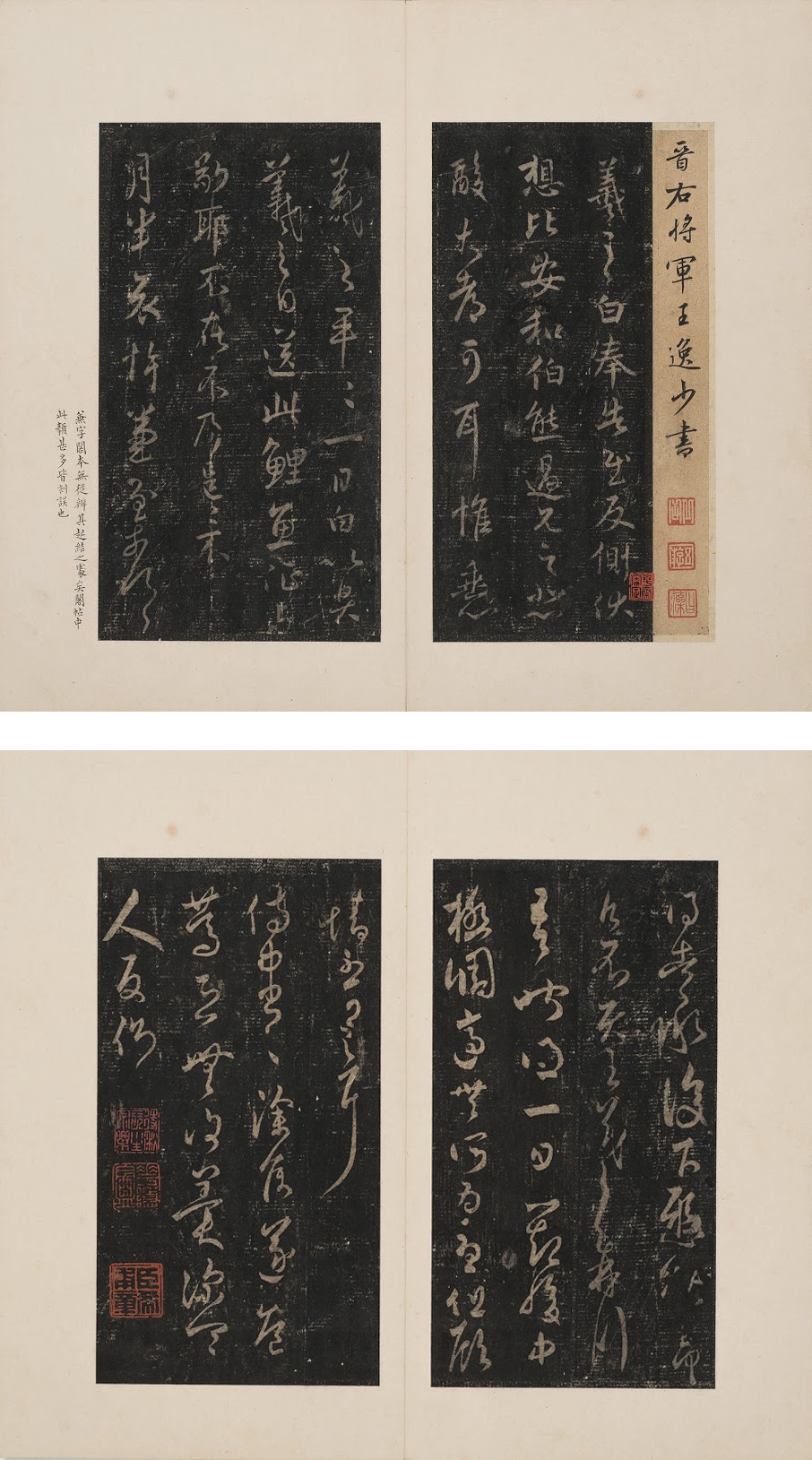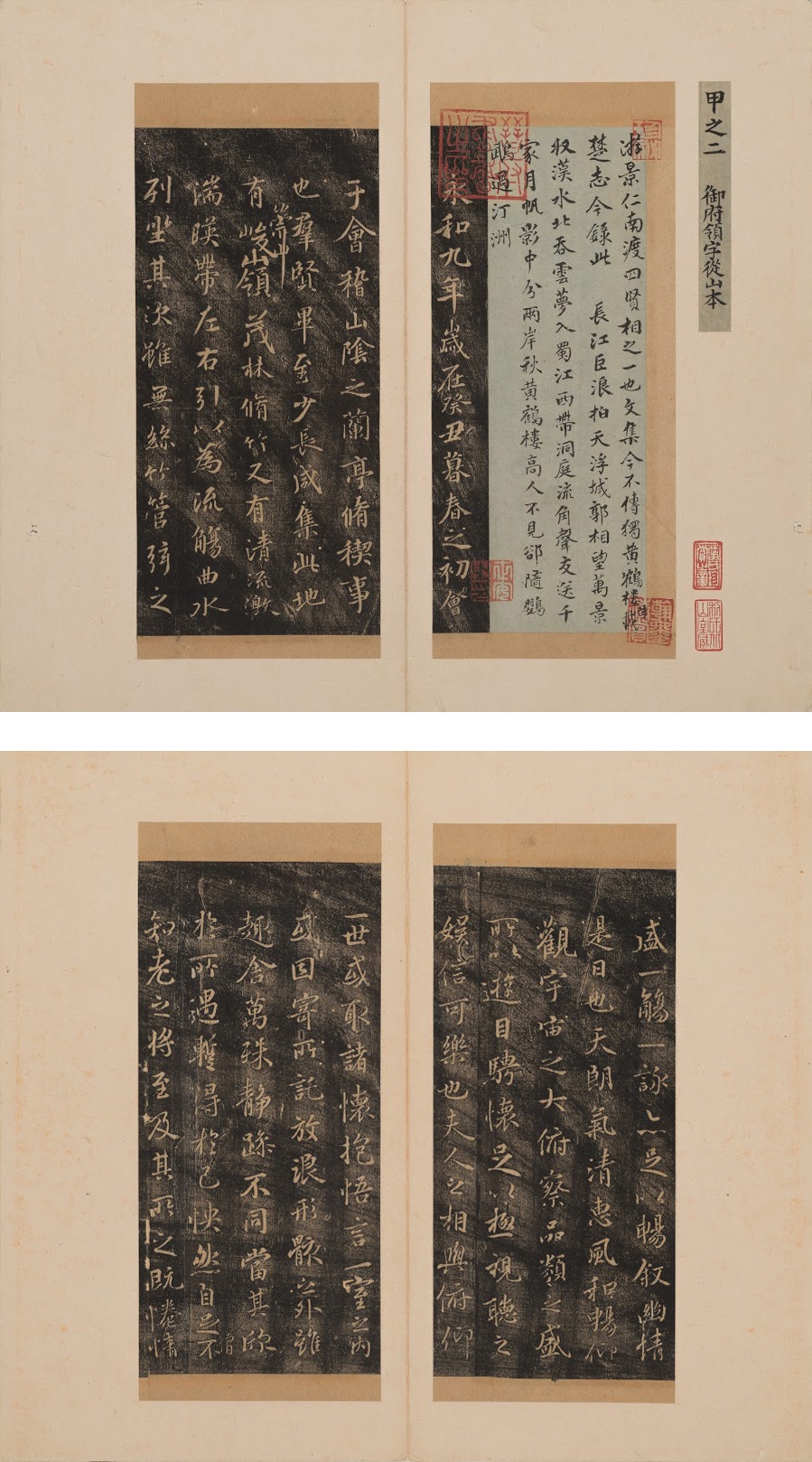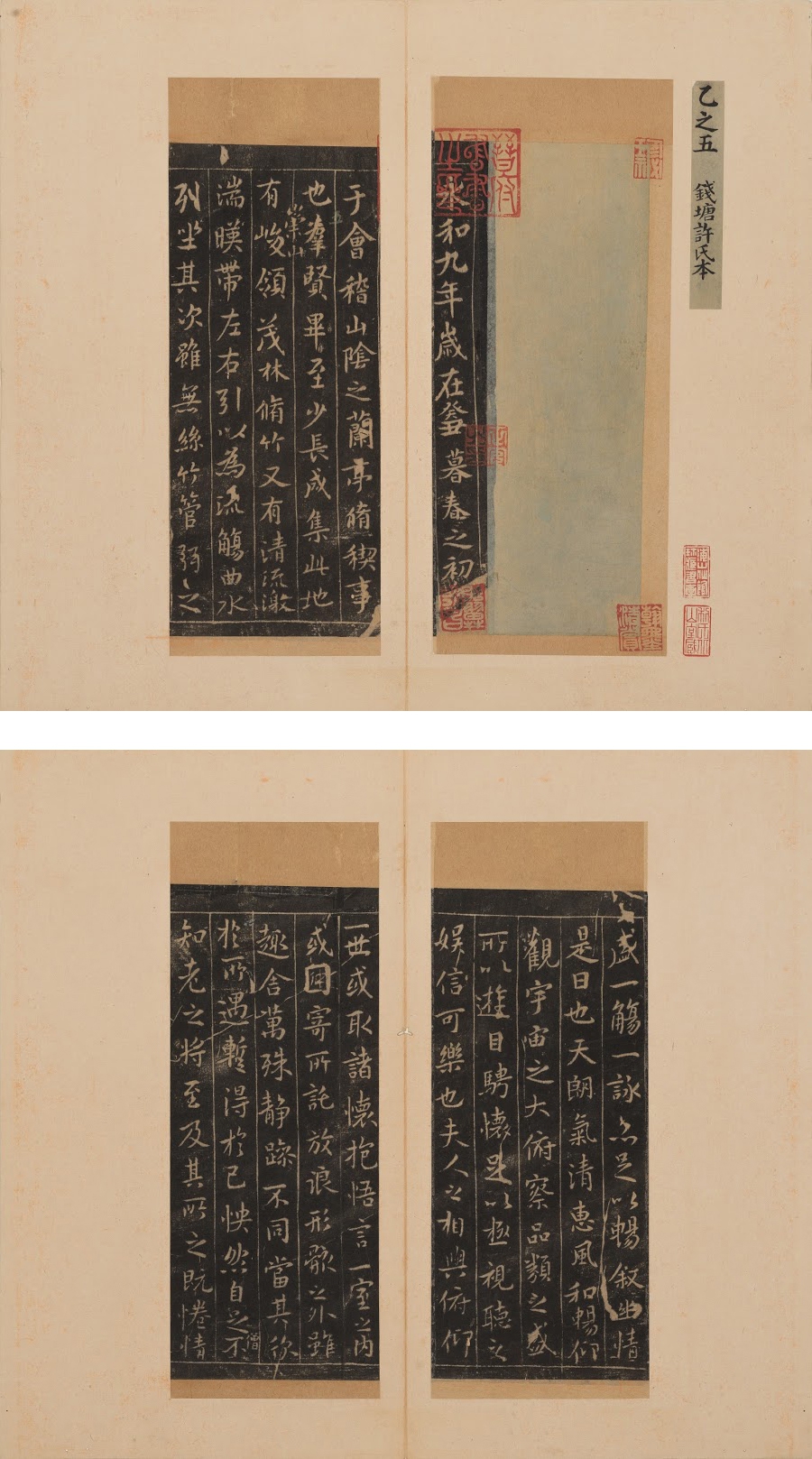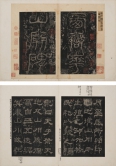CUHK
News Centre
CUHK Art Museum Precious Ancient Rubbings Selected for the National Catalogue of Precious Ancient Books
The Ministry of Culture of the People’s Republic of China announced the fifth batch of ‘National Catalogue of Precious Ancient Books’ on 24 May 2016 in Beijing. Eight pieces of ancient rubbings from the collection of the Art Museum, The Chinese University of Hong Kong (CUHK) were on the list. All of them were donated by the Bei Shan Tang.
This catalogue was proposed by the Ministry of Culture and approved by the State Council of the People’s Republic of China. It imposes strict selection criteria. Listed materials are of historical, ideological and cultural significance, or rare books written in the languages of ethnic minorities. They should be written or printed before 1912, compiled or bound in the traditional manner. The first batch was announced in 2008. The current batch is the first time that items from a Hong Kong institution has been included.
Begun 4 decades ago, the collection of the Art Museum, CUHK now comprises over fifteen thousand works of art. The world-renowned rubbings from the Museum’s collection have been exhibited in Beijing and Japan. The selected eight ancient rubbings for ‘National Catalogue of Precious Ancient Books’ include:
- The Stele of Hushan Temple
- The Stele for Xia Cheng
- Inscription on the Sweet Spring in the Jiucheng Palace
- Stele for Li Sixun
- Model Calligraphies from the Chunhua Era (Chunhua ge tie)
- Lanting Preface, Imperial Court version with the ling character topped by a shan radical (Yufu lingzicongshn ben) (No.2)
- Lanting Preface, Qiantang Xu’s version (No. 15)
- Lanting Preface, unknown origin version (No.63)
To complement the announcement of fifth batch of ‘National Catalogue of Precious Ancient Books’, the Ministry of Culture and The State Administration of Cultural Heritage will host a special exhibition from June to August at the National Museum of Classic Books, Beijing. From the eight pieces, Model Calligraphies from the Chunhua Era (Chunhua ge tie) and Lanting Preface, Imperial Court version with the ling character topped by a shan radical (Yufu lingzicongshn ben) (No.2) will be exhibited.
1. The Stele of Huashan Temple Clerical script Eastern Han dynasty, dated 165 Ink rubbing on paper, 11th – 12th century Album of 27 leaves, each leaf 25 x 17.6 cm Gift of Dr. Lee Jung Sen, Art Museum Collection, CUHK 1973.0678
2. The Stele for Xia Cheng Clerical script Eastern Han dynasty, dated 170 Ink rubbing on paper, 11th – 12th century Album of 42 leaves, each leaf 26.4 x 14.6 cm Gift of the Bei Shan Tang, Art Museum Collection, CUHK 1981.0126
3. Inscription on the Sweet Spring in the Jiucheng Palace Calligraphy by Ouyang Xun (557-641) Tang dynasty, dated 632 Ink rubbing on paper, 12th century Album of 36 leaves, each leave 28.3 x 13.3 cm Gift of the Bei Shan Tang, Art Museum Collection, CUHK 1992.0024
4. Stele for Li Sixun Text and calligraphy by Li Yong (678-747) Tang dynasty, dated 739-740 Ink rubbing on paper, 12th – 13th century Album of 76 leaves, each leaf 29 x 15.7 cm Gift of the Bei Shan Tang, Art Museum Collection, CUHK 1993.0263
5. Model Calligraphies from the Chunhua Era (Chunhua ge tie) Quanzhou version, parts of juan 6–8 Text and calligraphy by Wang Xizhi Running and cursive scripts Recut of the prototype produced in 992 Ink rubbing on paper, 12th century Album of 68 leaves, each leaf 25 x 13.6 cm Gift of the Bei Shan Tang, Art Museum Collection, CUHK 1988.0033
6. Lanting Preface, Imperial Court version with the ling character topped by a shan radical (Yufu lingzicongshn ben) (No.2) Text and calligraphy by Wang Xizhi, Eastern Jin dynasty, dated 353 Free hand copy of Emperor Gaozong (r. 1127-1162) of the Southern Song dynasty Running script, ink rubbing on paper, 12th century Album of 7 leaves, each leaf 26.2 x 12.5 cm Gift of Dr. Lee Jung Sen, Art Museum Collection, CUHK 1973.0618
7. Lanting Preface, Qiantang Xu’s version (No. 15) Text and calligraphy by Wang Xizhi, dated 353 Recut of Dingwu version Ink rubbing on paper, 12th century Album of 7 leaves, each leaf 25.4 x 11 cm Gift of Dr. Lee Jung Sen, Art Museum Collection, CUHK 1973.0626


